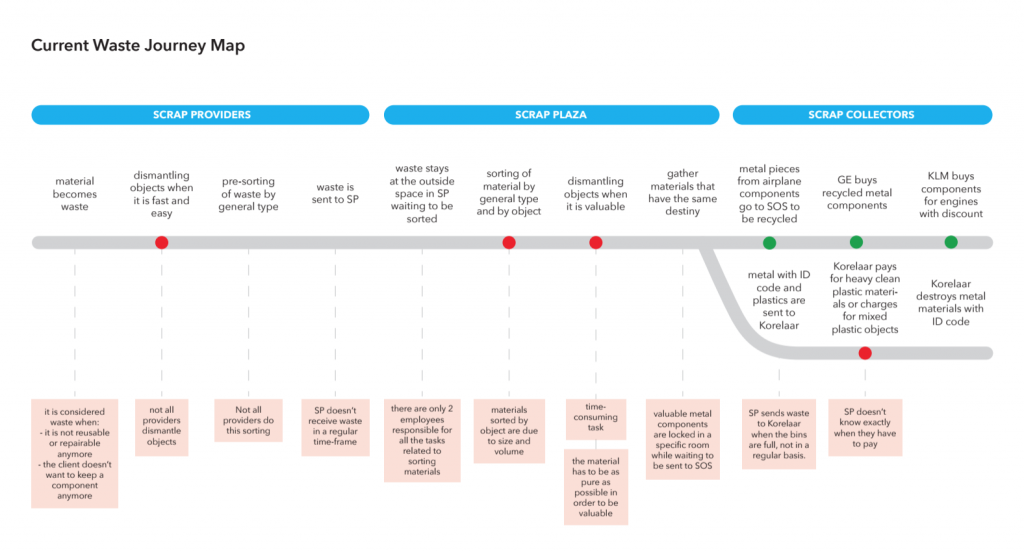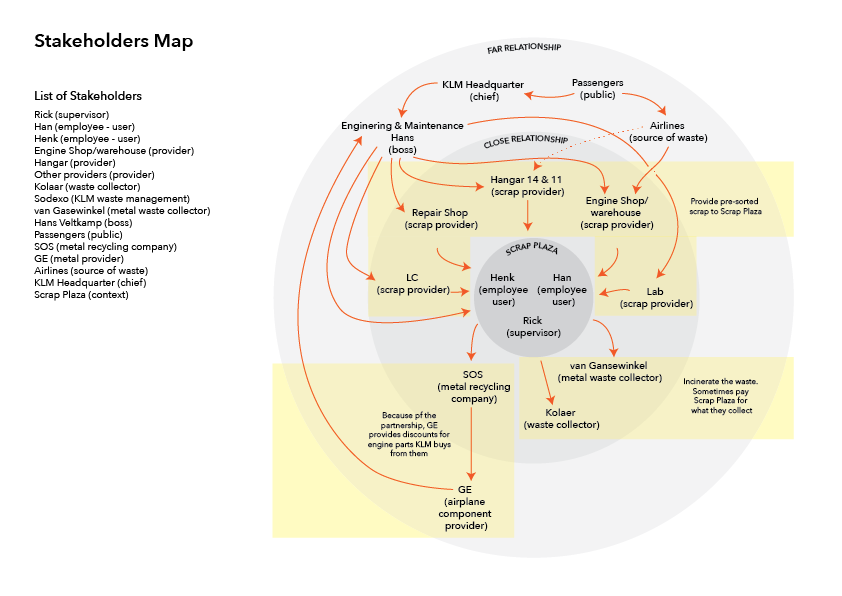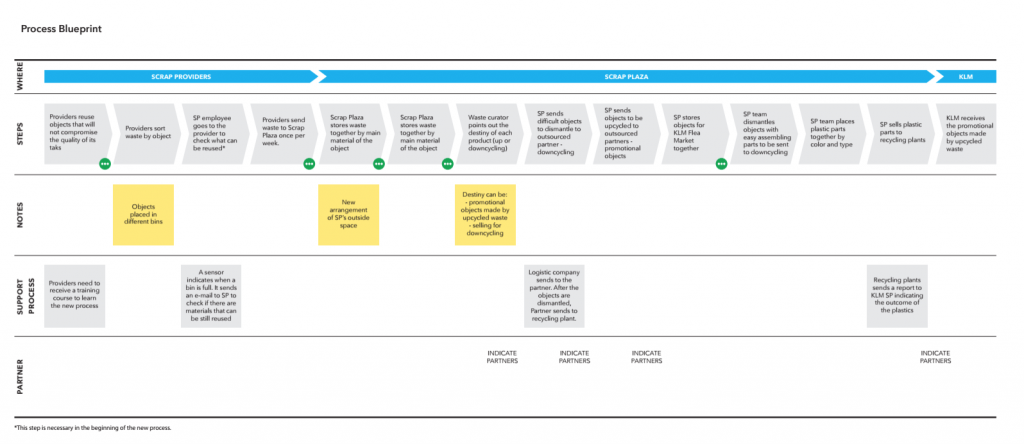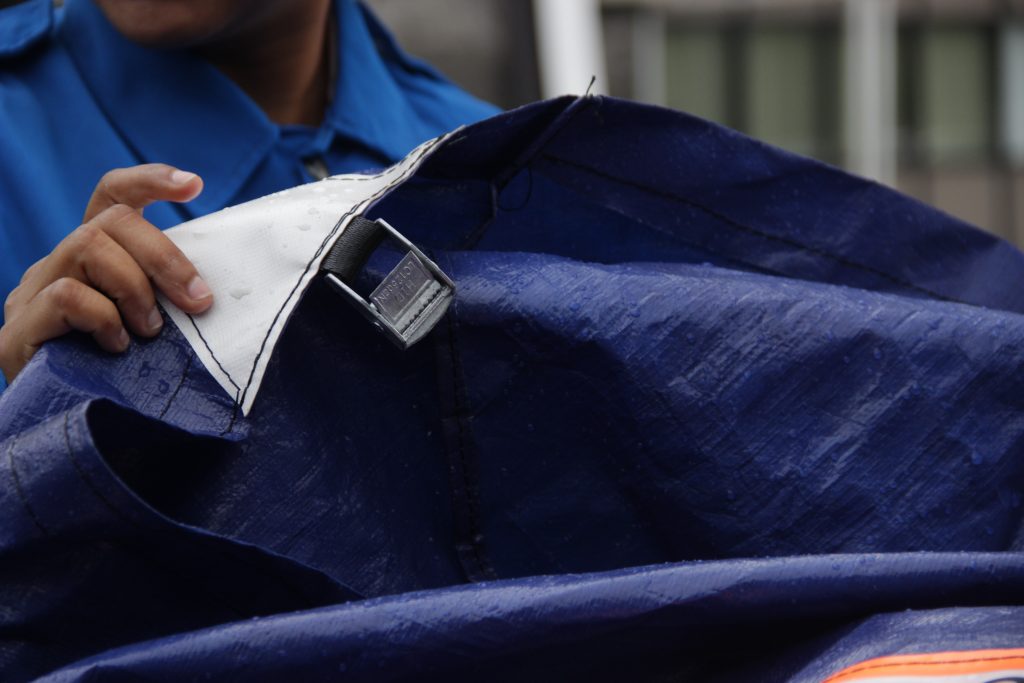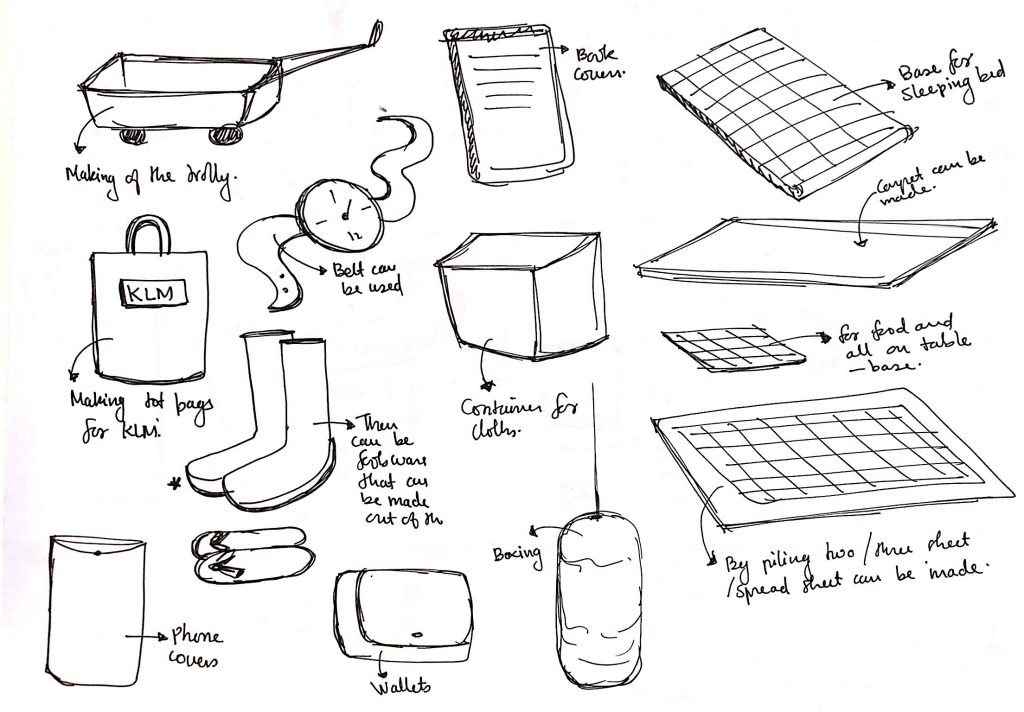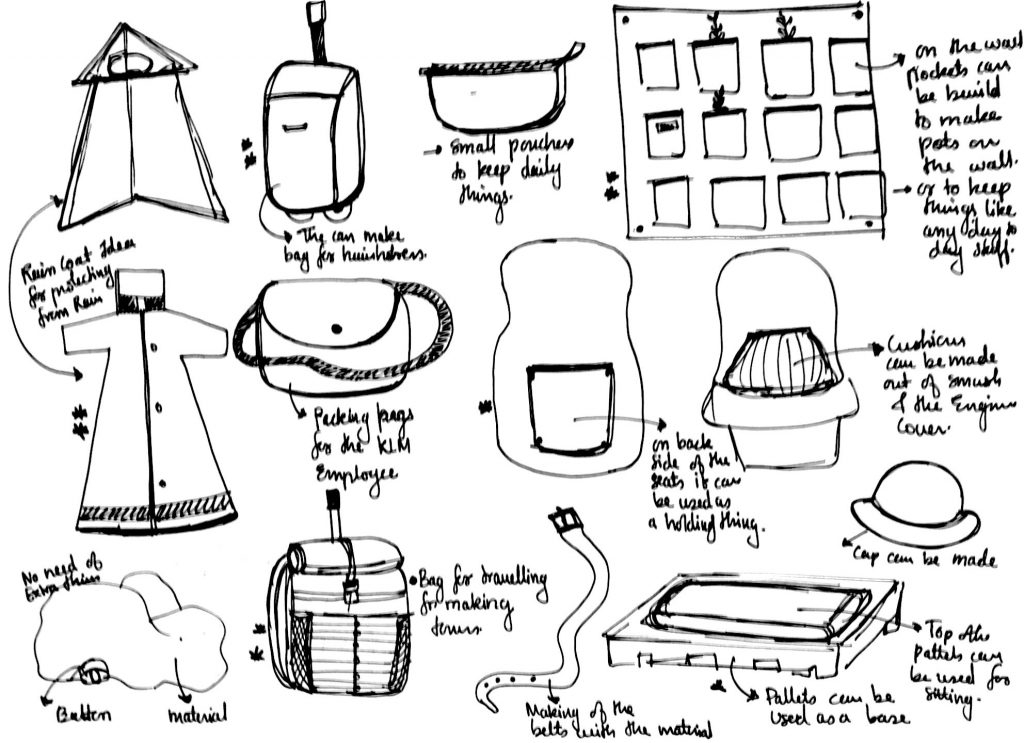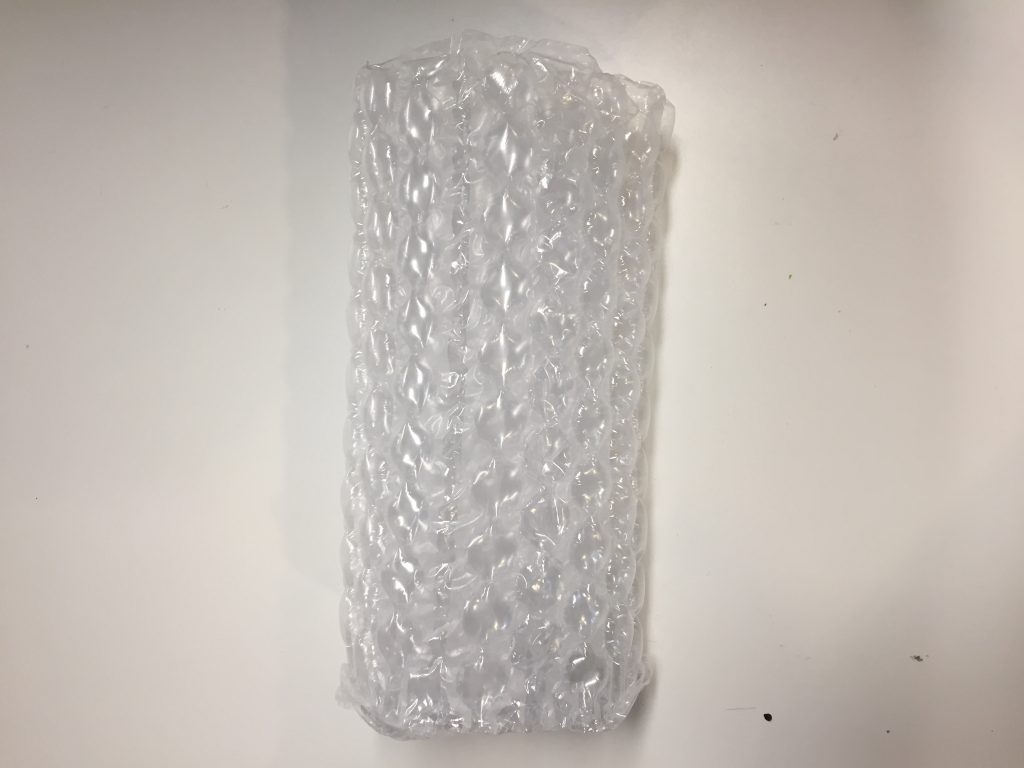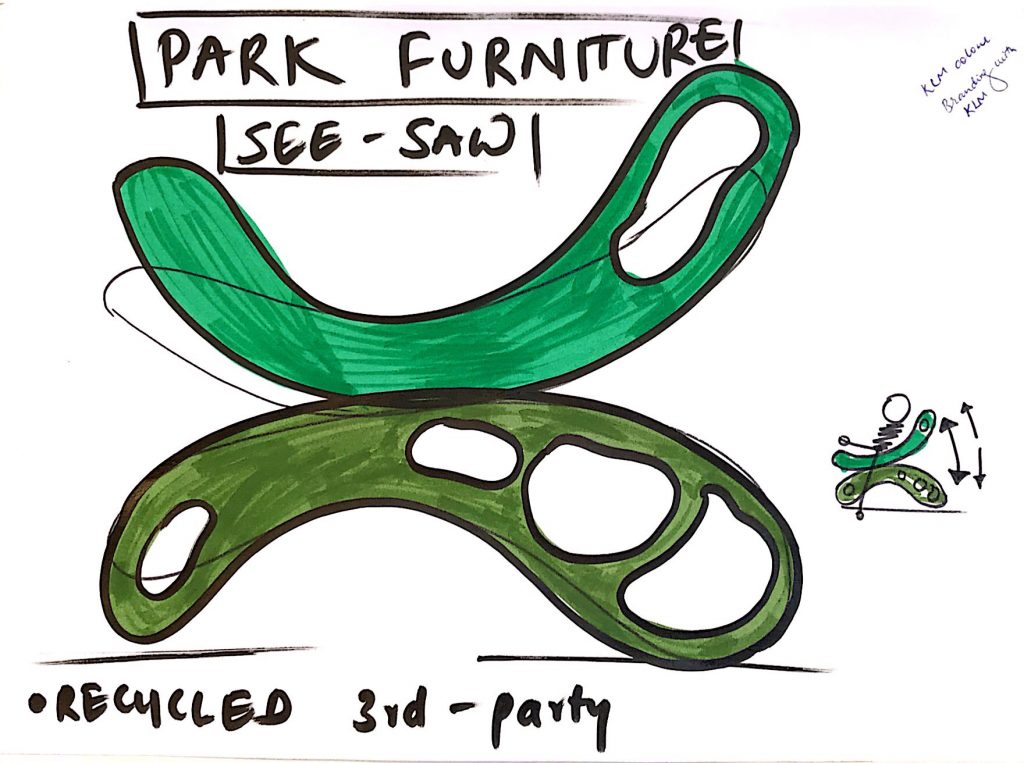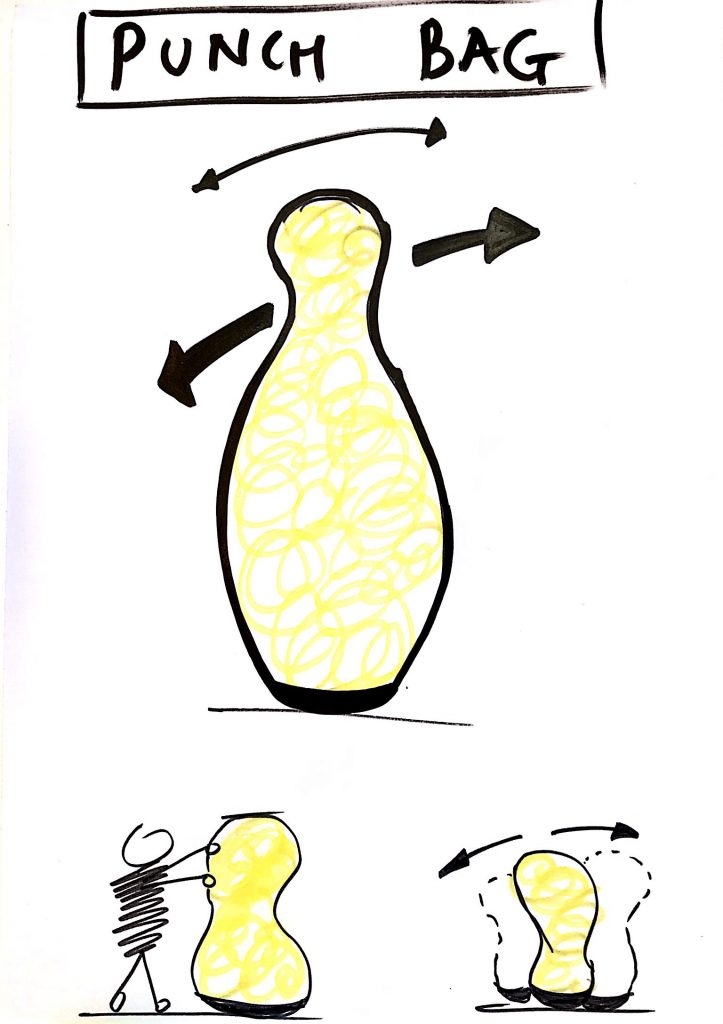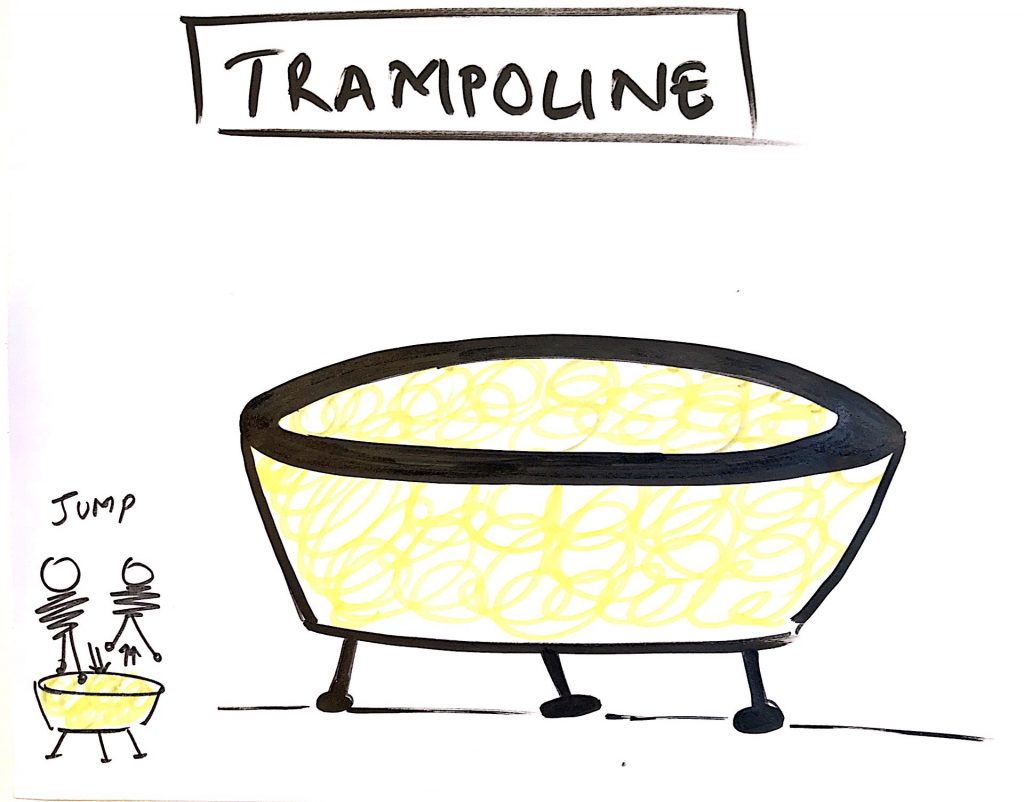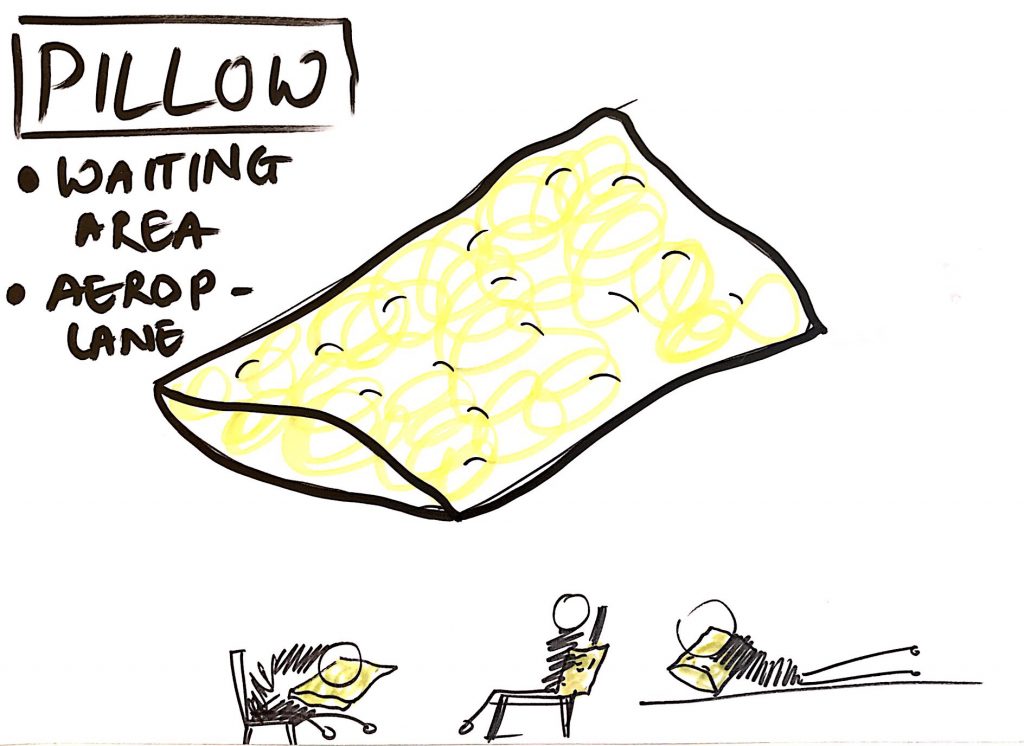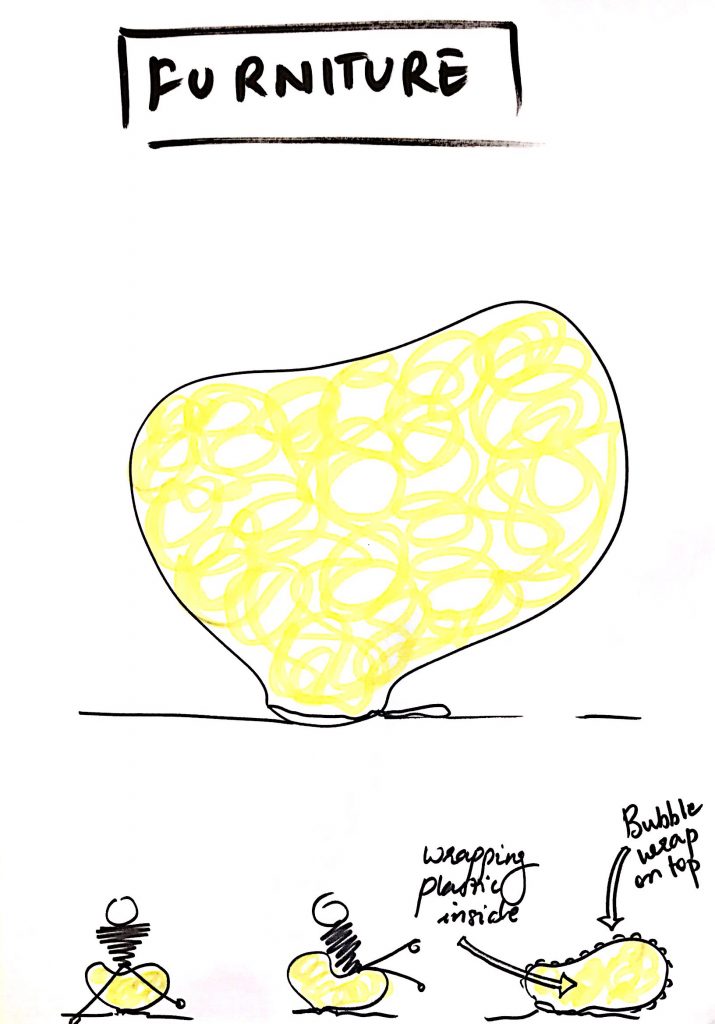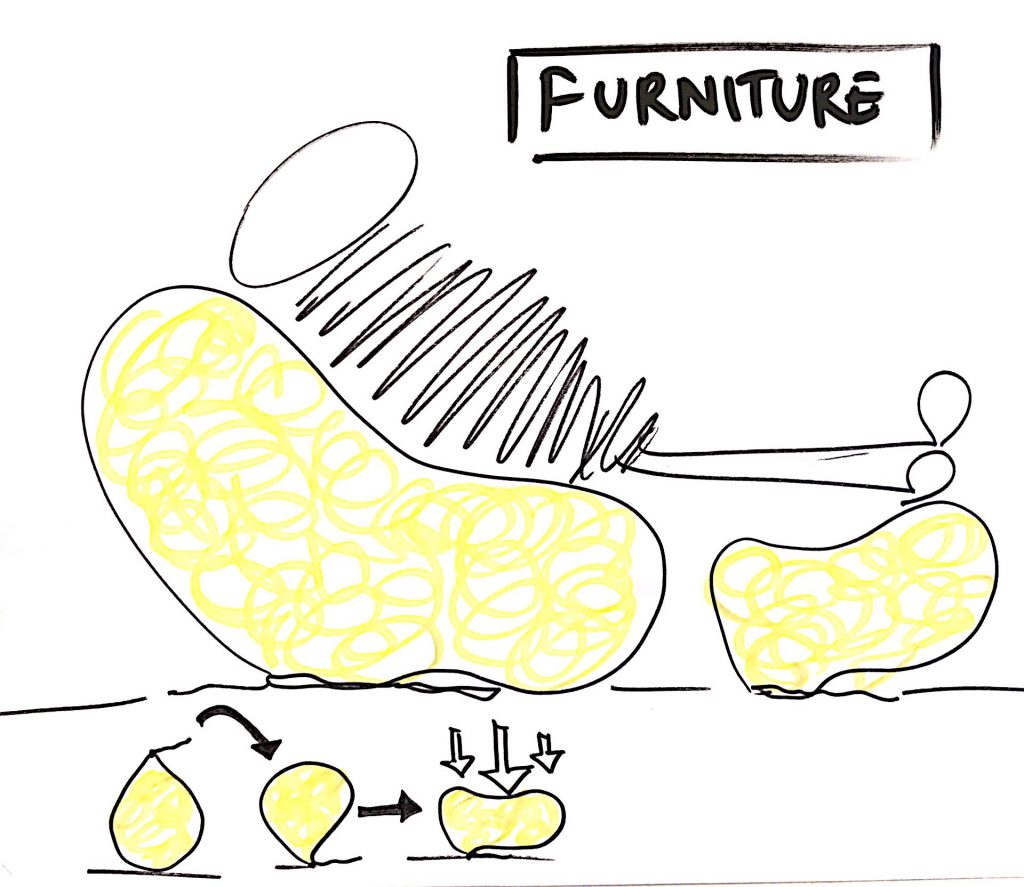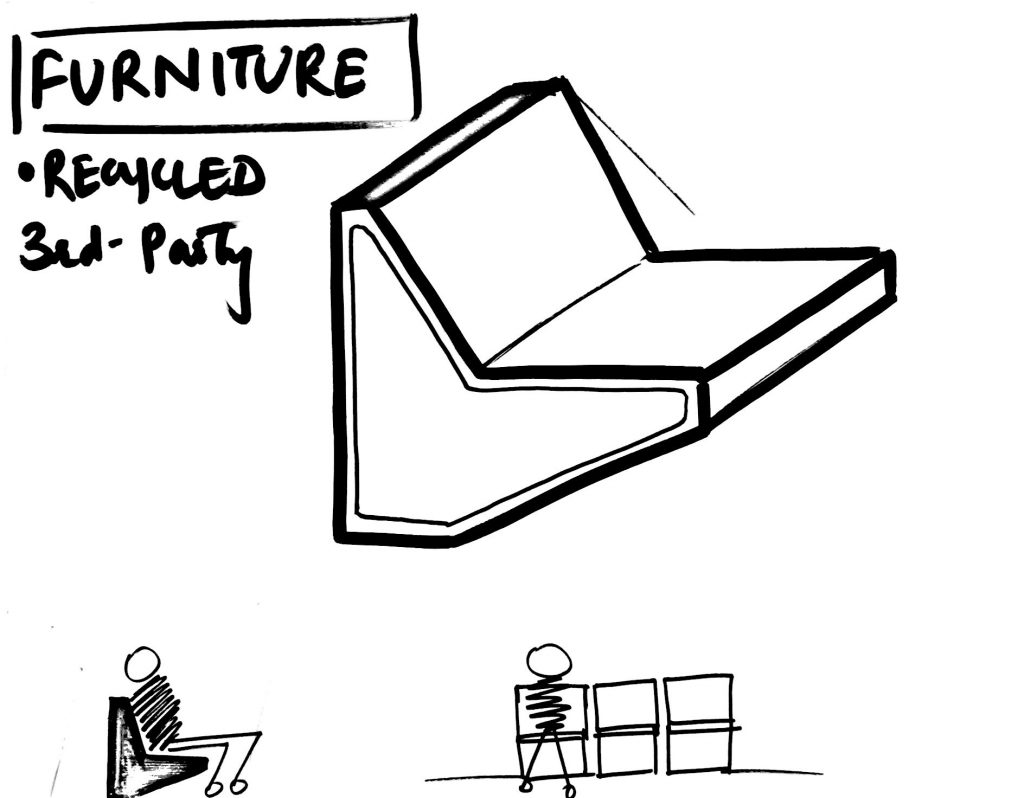We have a translation session at the mid of every sprint. This session is held particularly to gain insights and information from an expert in a field related to the work we are conducting during that sprint. This is an opportunity to showcase our status in the project and get reviews about it from an outside perspective. Also, this sessions provides us with the scope of improvement for the rest of the duration of the sprint.
For the translation session during the 3rd Sprint, our expert was ‘Camila Lima’. She is an Interaction and Graphic Designer with professional experience of more than 13 years. One of her most challenging project was to work as an Experience Designer in the area of Brand Management at the Rio 2016 Olympic and Paralympic Games Organizing Committee. During the translation session, the insights she provided were very useful. She opened a different horizon for us to explore.
As we already know how the agile method works. We have to improvise with every new sprint the outcome of the previous sprint. The outcome of the last sprint focused on sorting of the waste plastic received at KLM Scrap Plaza. We requested our clients to sort plastic according to different objects and colours. So, this sprint was more focused on what to do with the sorted plastic. We held brainstorming and ideation sessions to find a sustainable, ecological and affordable destiny for the plastic waste at KLM Scrap plaza.
For better utilisation of time and skills we decided to split the tasks among ourselves. Camila was preparing the waste journey map, stakeholders map and service blueprint. Waste journey map was going to help us understand the flow of waste within the KLM Scrap Plaza. She highlighted the pain points and the positive points. It gave us a better overview of the current process and also provided with scope for improvement. Stakeholders map was very important.
We knew who all were involved and it was necessary to visually design the data. Each stakeholder plays an important role and without the detailed stakeholders map it is usually difficult to connect all the stakeholders together at their position within the process.
As this is also a service model it was immensely necessary to draft a service blueprint. Our plan is to improvise the current service.
Andrew was working on personas. Our user is KLM Scrap Plaza and its employees. To enhance the user experience and to come up with an user-centric design, studying user behaviour, identifying user needs and forming personas plays a major role. 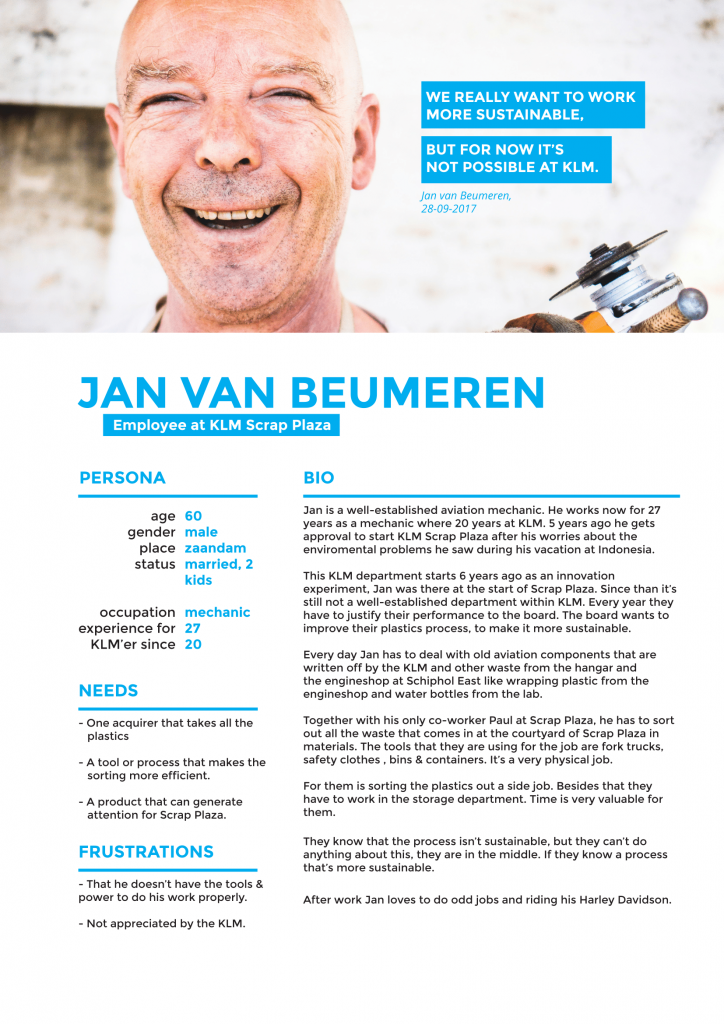
Andrew was also helping Camila from time to time as it was mandatory to finish these tasks before the deadline for all of us.
Sarita was responsible for defining destiny for engine covers (PP or Tarpaulin plastic). Engine cover is a composite object which is not only made up of PP plastic but also has metal clips and nylon straps.
Usually,recycling companies are reluctant to dismantle or take apart all these components of the objects hence making engine covers and similar composite objects difficult to recycle. It is the question of availability of labour, time and equipment to dismantle and sort such composite objects.
Thus, as a team we felt it will be a better destiny if we could up-cycle the engine covers. Some ideas for up-cycling were to make raincoats, traveler bags, cushion covers etc.
I was responsible for defining the destiny for wrapping plastic at KLM Scrap Plaza. Wrapping plastic as we know is not accepted by most of the recycling companies because it clogs the machines. Only a few recycling plants prefer taking the wrapping plastic which consists of plastic bags and foils, bubble wrap and mostly packaging plastic.
After the ideation and brainstorming session,it was decided that maybe it is better to up-cycle the wrapping plastic. Schiphol Airport being one of the busiest airports in the Europe, it ranks fourteenth in the world for passenger traffic. KLM has been following the norms of sustainability since a long time and they would like the passengers to know about their initiatives. To help KLM achieve this goal we selected the ‘waiting area’ as our space for exploration. Initial concepts were to make installations, plastic park or furniture for the waiting area. The motto was to keep people entertained while they are waiting and also spread awareness about KLM’s sustainable approach.
Finally, the concept of furniture for the waiting area at Schiphol Airport was selected to improvise further.
We were focusing more on giving a better destiny to the waste plastic at KLM Scrap Plaza. This was because we focused on refining the existing sorting system at KLM Scrap Plaza in the previous sprint and now it was equally important to find out what can be done with the sorted plastic.



